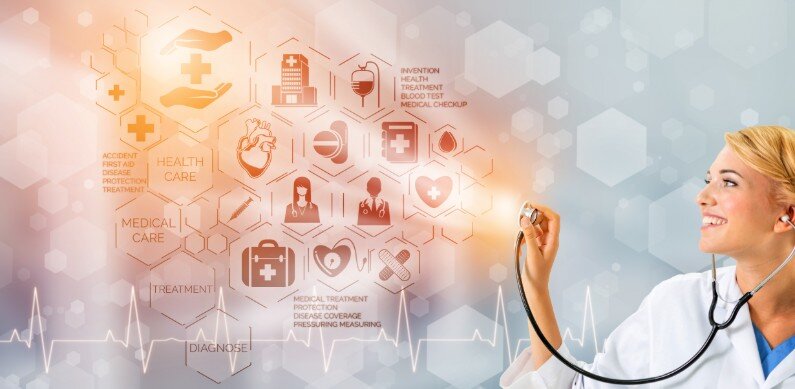Technology & Medicine: Advancements In Everyday Devices
The way Doctors work has evolved over time. In the age of modernity, it would seem only right that the tools doctors use to do their job advance and evolve. By adopting technology in their work environment, doctors can make their time with patients more efficient and make administration a lot easier by being able to easily record patient’s stats and results.
We’re going to talk through some of these medical technology advancements and the benefits of using them.
Electronic/Digital Stethoscopes
The Problem:
Traditionally, stethoscopes are metal devices with tubing which sends sounds from the body to the doctor’s ears. These sounds can help doctors to diagnose their patients. As reported by telehealthtechnology.org, the traditional stethoscope’s sound is very low.
The Solution:
With electronic stethoscopes, they say “The circuitry consists of components that allow the energy to be amplified and optimized for listening to various frequencies. The circuitry also allows the sound energy to be digitized, encoded and decoded, to have the ambient noise reduced or eliminated, and sent through speakers or headphones.” Furthermore, some electronic stethoscopes are digitized allowing you to share the sounds being received.
“A digital stethoscope is able to convert an acoustic sound to electronic signals, which can be further amplified for optimal listening.” Swarup and Makaryus say. “These electronic signals can be further processed and digitalized to transmit to a personal computer or a laptop. The diagnostic power provided by digital stethoscope auscultation to a physician can assist in altering management in patient’s care. They also say that adopting digital stethoscopes have helped to diagnose obstructive coronary artery disease.
Vein Visualisation
The Problem:
Finding veins can be a pain for both healthcare professionals and patients alike when it comes to taking blood samples or inserting an IV. Whether you are trying to draw the blood, or you’re getting blood taken if the process becomes complicated it can lead to frustration and discomfort.
The Solution:
Vein visualization technology. AccuVein, describe this vein visualization as “an innovative technology that assists healthcare professionals with finding the best veins for IV starts and blood draws. Also known as vein mapping, this technology creates a real-time visual “map” of the veins on the surface of the skin.” By use of infrared, veins can be highlighted and found.
Telemedicine
The Problem:
Sometimes it is not always possible for doctors and patients to be in the same place. This can lead to a lot of problems when it comes to healthcare. You can, of course, call your doctor and explain your symptoms - this is what old fashioned telemedicine is.
The Solution:
Whilst telemedicine isn’t new, the way we engage with telemedicine has. SearchHealthIT says “Telemedicine is the remote delivery of healthcare services, such as health assessments or consultations, over the telecommunications infrastructure.” Through using video communication in real-time, doctors can see their patients and give better diagnoses and treatment. Some health insurance companies are adopting this method of telemedicine should it be difficult for a patient to get to their doctor.


